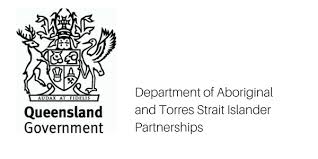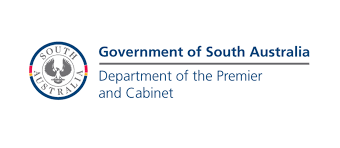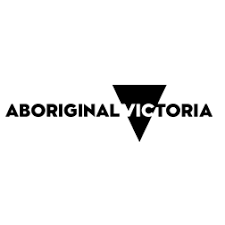Indigenous Heritage Management
Cohga’s Indigenous Heritage Information Management System (ACHRIS) is a web application that combines a forms-based workflow and spatial system to provide staff, key stakeholders and the public the ability to query, report and manage cultural heritage information in a single, easily accessible spatially-enabled environment.
Weave has been implemented as a platform for Cultural Heritage database and registers across three Australian States, providing efficient and user-friendly access to cultural heritage information maintained in accordance with Aboriginal Cultural Heritage Acts and Torres Strait Islander Cultural Heritage Acts
Capabilities
- Configurable to meet Legislation – ACHRIS can be configured for the relevant cultural heritage acts of each State, and can be adjusted to accommodate legislation changes as they occur.
- Secure - Data is encrypted on the server and when travelling between client PCs and the server.
- Forms based workflows – well defined and easy to follow workflows are built into ACHRIS to allow the creation and management of heritage data, and to provide reporting and analyses of heritage data.
- Web application – ACHRIS is a client / server web application that can be run on any platform and any modern web browser.
- Mapping capability – the map interface brings together a range of spatial information and tools to help users quickly locate, manage and report on heritage information in a spatial context.
- System Administration – ACHRIS comes with an extensive Administration capability to allow the set up and management of all aspects of the system, including users, reports, heritage templates, etc.
- Heritage owners can manage their assets – traditional owners can control and manage their cultural assets providing them with a strong sense of ownership and responsibility.
- Roles based security – access to data, function and reports is controlled by roles assigned to users and activated on login to the system.
- Self service – ACHRIS provides the capability to create and manage registered users who are provided special access to submit and report on heritage data.
- Data Import/Export - cultural heritage data can be added to the system individually or in bulk, and can be exported in a variety of data formats and reports.
- Flexible hosting - ACHRIS can be hosted in the cloud, on premise, or a combination of both.
- Cultural heritage register - the cultural heritage register holds information about cultural heritage areas that are subject to a cultural heritage management plan, cultural heritage bodies and details of statutory Aboriginal and Torres Strait Islander parties.
- Cultural Heritage Data Base – the cultural heritage data base is a repository of all cultural heritage sites, assets and reports.
- Standard reporting - standard reports are available, or can be quickly developed, to respond to enquiries about cultural heritage to allow stakeholders to fulfill their duty of care.
- Improved productivity – ACHRIS greatly reduces the effort involved in the search and query process which in turn enables staff to focus more on the critical tasks of policy and cultural heritage management.
Cultural Heritage Data Base and Register
The cultural heritage register holds information about cultural heritage areas that are subject to a cultural heritage management plan, cultural heritage bodies and details of statutory Aboriginal and Torres Strait Islander (ATSI) parties.
The register is available to the public as a repository of information for land-use planning (including local government planning schemes and regional planning strategies) and as a research and planning tool to help people in the consideration of the ATSI cultural heritage values of particular objects and update areas.
The system combines a forms-based workflow and spatial system to provide staff, key stakeholders and the public the ability to query, report and manage the cultural heritage information in a single, easily accessible spatially-enabled environment.
Staff can quickly and easily respond to enquiries from the public about cultural heritage through the forms-based workflow and the graphical query and reporting tools. Staff can also quickly and easily update and manage the database and register.
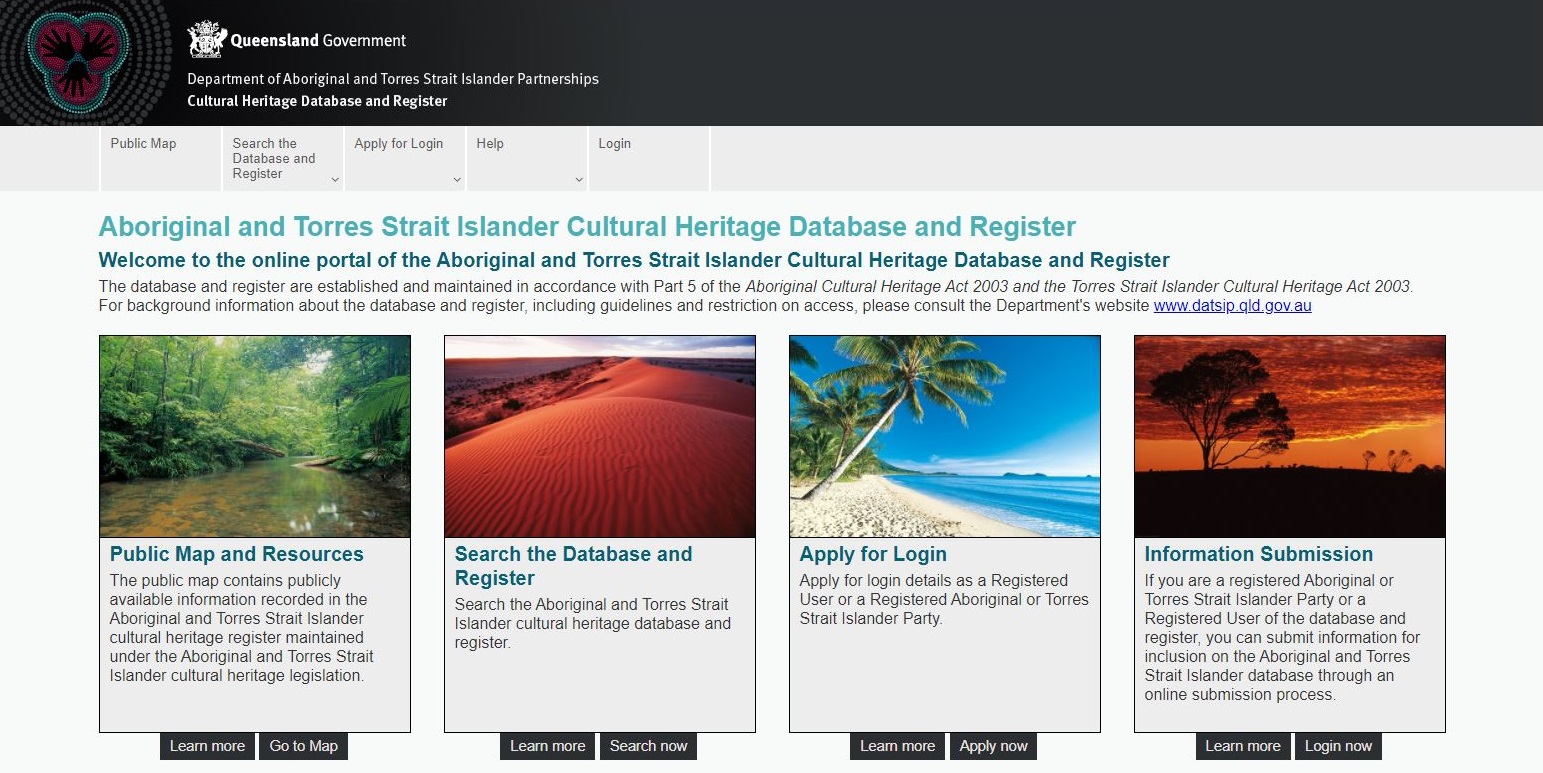
Multiple Stakeholders
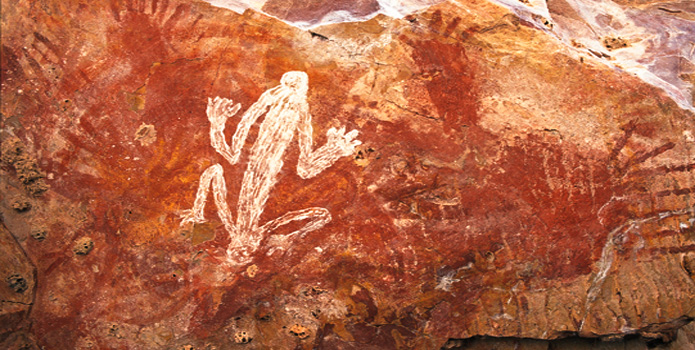 External land users, such as other government departments, property developers, mining companies, lawyers, and consultants are able to directly access the new system as registered users and conduct their own queries to satisfy their duty of care requirements. This has provided land users with significant efficiencies and slashed the amount of effort and time involved in the search and reporting process.
External land users, such as other government departments, property developers, mining companies, lawyers, and consultants are able to directly access the new system as registered users and conduct their own queries to satisfy their duty of care requirements. This has provided land users with significant efficiencies and slashed the amount of effort and time involved in the search and reporting process.
The system provides Aboriginal and Torres Strait Islander parties with direct access to their cultural heritage information in a spatially-enabled environment. This is resulting in a much more engaged process that better ensures the protection and management of Aboriginal and Torres Strait Islander cultural heritage.
Traditional owners are now managing the data themselves to ensure their cultural heritage interests are clearly identified for external stakeholders that want to utilise the land.
Cultural heritage management is a very complex and convoluted process as there are many cultural assets owned and managed by many ATSI stakeholders, often with overlapping claims and responsibilities. Due to cultural sensitivities, it is vital that the cultural heritage of particular ATSI stakeholders is not accessible to other ATSI stakeholders. The new system achieves this using a roles based security system to confine stakeholders to their area and assets of responsibility, and the underlying spatial technology allows this to be presented on an easy to read map.

